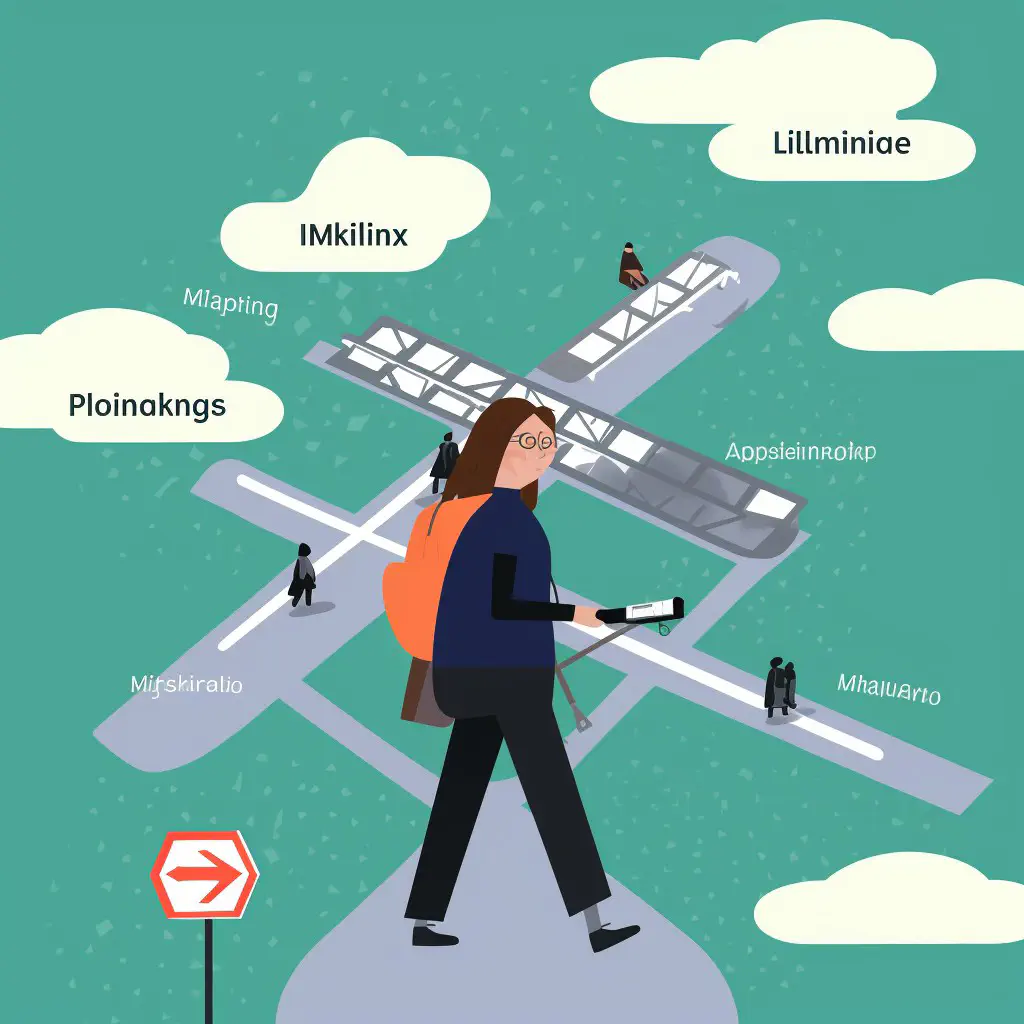
Introduction
The age-old debate between multitasking and single-tasking has been a topic of discussion for decades. With the increasing pressure to be productive and get more done, it’s essential to understand which method is better. This article will explore the advantages and drawbacks of both options and provide insights on finding the appropriate balance between the two. After all, being productive requires not just hard work but also smart work.
Advantages and drawbacks of Multitasking
Advantages
- Increased productivity: Multitasking allows individuals to do more in a shorter amount of time, thereby increasing productivity.
- Flexibility: Multitasking allows individuals to switch between different tasks and adjust to changing circumstances quickly.
- Opportunity to accomplish more tasks: Multitasking allows individuals to tackle multiple tasks simultaneously, which can be beneficial in busy work environments.
Drawbacks
- Lack of focus: Multitasking can lead to a lack of concentration as individuals attempt to complete multiple tasks at once. This can lead to errors, omissions, and a lower quality of work.
- Lower quality of work: Multitasking often means that each task receives less attention and care than it would if completed individually. This can result in lower-quality work.
- Stress and fatigue: Multitasking can also be stressful, as individuals attempt to juggle multiple tasks at once. This can lead to fatigue, burnout, and a decrease in job satisfaction.
Advantages and drawbacks of Single-tasking
Advantages
- Better focus: Single-tasking allows individuals to focus on one task at a time, which allows for greater concentration and attention to detail.
- Ability to produce high-quality work: By focusing on one task at a time, individuals can produce high-quality work and ensure that everything is done correctly.
- Increases creativity: When individuals focus on one task, they allow their mind to be creative and come up with unique ideas.
Drawbacks
- Inflexible: Single-tasking can be inflexible, making it difficult to adjust to changing circumstances or new tasks that come up.
- May lose track of other tasks: When individuals focus on one task for an extended period, they may forget about other tasks they need to complete, causing delays and missed deadlines.
The Key to Success
Finding balance is crucial in achieving success with either method. While single-tasking is known to improve focus and quality of work, it may not be efficient when there are various tasks to be completed. Multitasking can be beneficial in accomplishing more tasks but can also lead to stress and lower quality of work.
To avoid the negative effects of both methods, it is important to prioritize tasks and allocate specific time periods to each task. This strategy can help in avoiding distraction and staying on track. One may also choose to multitask but limit the number of tasks or use tools that can increase focus and aid in managing multiple tasks.
Finally, combining both methods can also be a good strategy. It can involve planning specific times for single-tasking to achieve high-quality work while also completing other minor tasks through multitasking. This strategy can improve productivity and efficiency while also maintaining focus and quality of work.
As a result, the key to success in the multitasking vs single-tasking debate is to find the right balance that works for you. It involves being flexible, self-aware, and understanding your strengths and limitations in terms of managing tasks.
“The real key to productivity is not to find more time, but to use the time you have more efficiently.” -David Allen
Conclusion
In conclusion, the debate between multitasking and single-tasking has been ongoing with valid arguments for both methods. Multitasking may increase productivity and provide flexibility, but it can also lead to a lack of focus, lower quality of work, and increased stress and fatigue. Single-tasking, on the other hand, may allow better focus and high-quality work but can be inflexible and lead to losing track of other tasks.
Finding a balance between these two methods is crucial for success. It is important to avoid the negative effects of both methods and combine them to achieve optimal productivity. One can use techniques such as time-blocking, prioritizing tasks, and avoiding distractions to create a work environment that combines the benefits of both methods.
As an AI language model, I do not have personal opinions on which method is better, but it ultimately depends on the individual and the nature of the tasks. One may choose to multitask for simple and repetitive tasks or use single-tasking when working on complex and important projects.
In conclusion, productivity is about finding a balance between multitasking and single-tasking. By understanding the advantages and drawbacks of both methods, individuals can create a system that works best for them and achieve their goals efficiently.

